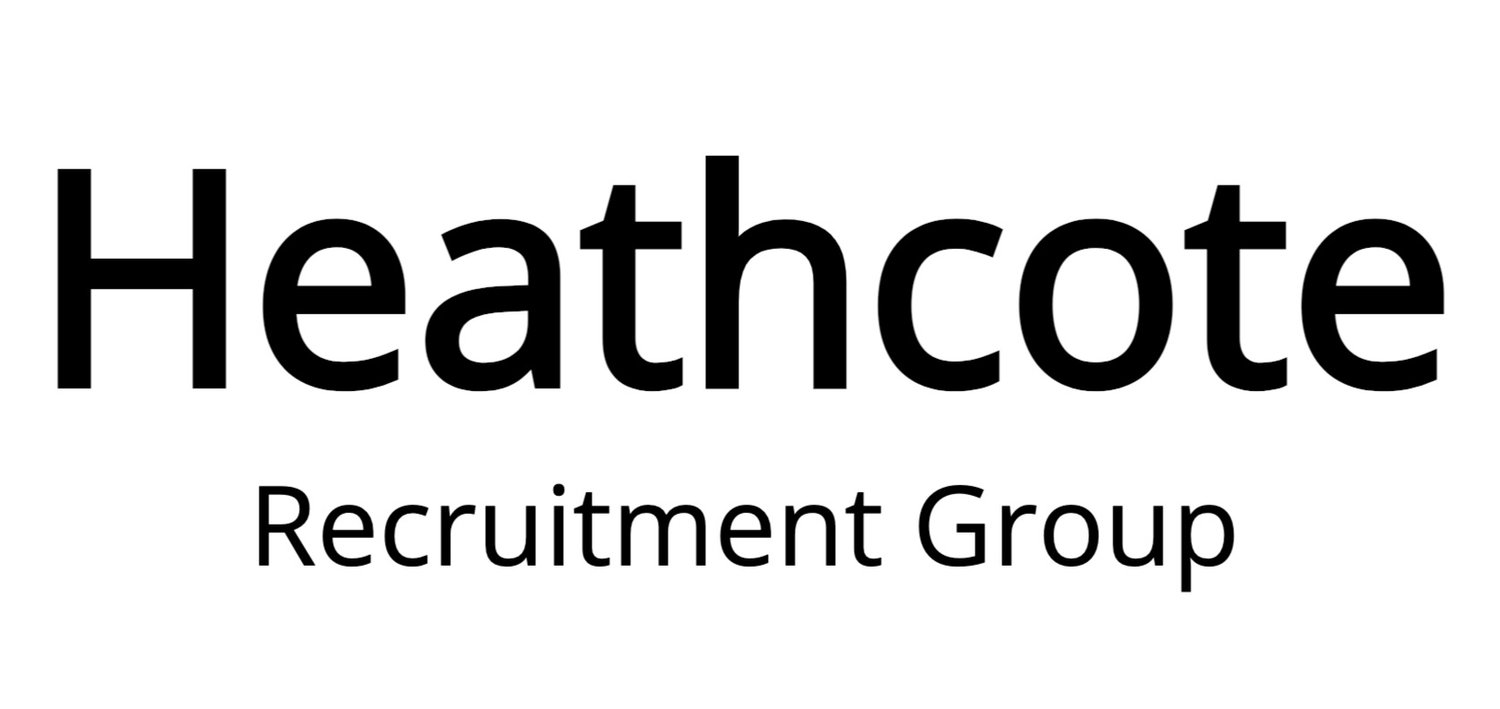Picture this: You’ve done endless preparation and have applied for a dozen jobs. The job you really want is with a great company, with excellent prospects. You think it’s super unlikely are going to get it, but you work really hard and apply anyway.
Then, the unthinkable happens! You get an interview request!
And after much preparation and research, you smash your interview, but still you think that a job offer is just a dream.
But then, when you were least expecting it, you get the call: A job offer!
At this point, it’s safe to say that what most people do is this: They accept the job, sign the contract, and turn up for work on the start date.
But what would have happened if you’d have negotiated? Could you have got an even better deal?
Let’s take it from the top.
A job offer is just a mutual agreement
Like any market, the job market only functions well if it’s competitive. This is the only way to ensure fair and equitable pricing. Imagine you were a farmer selling apples. Would you just sell your apples to the first buyer who agreed to purchase them? Or would you survey the marketplace of buyers, see the best price (and business partner) you could get, and then make an informed decision on which buyer to sell to?
And yet, when people talk about the job market, they think “oh, a company wants to give me a job! What a relief!” As though having a job were in itself some special privilege for which a company is the gatekeeper.
Dispel yourself of this mindset.
A job is just a deal. It is a deal between you and a company to exchange work for money (and other things you value).
This might sound like an abstract point, but you should absolutely approach negotiation from this perspective.
The role of negotiation
Negotiating is a natural and expected part of the process of trying to make a deal. It’s also a signal of competence and seriousness. Companies generally respect candidates who negotiate, and most highly attractive candidates negotiate (if for no other reason, because they often have too many options to choose from).
Whilst it’s very easy to say; it doesn’t matter how good or bad you think you are. You never damage a relationship by negotiating and it’s extremely unlikely that the job offer will be rescinded if you do. In fact, it’s almost unheard of.
You might think to yourself: “well, I don’t want to set high expectations, and the offer is already generous, so I ought to just take it.”
No. Negotiate.
Or maybe: “I don’t want to start off on the wrong foot and look greedy with my future employer.”
No. Negotiate.
“But this company is small and — “
No. Negotiate. Negotiate. Negotiate.
...
But where do I start? And how do I negotiate?
Fair question. And one that we will come back to on a later blog, but here’s the crux of the matter: how much does the job mean to you and how do you feel about the company? Just because you had your heart set on this company originally, where you now have your offer, it doesn’t mean that it’s definitely the right fit for you.
Do not fall into the trap of valuing companies solely along one dimension. That means don’t just value companies based on salary, equity, or even on prestige. Those are all important dimensions, but so are cultural fit, the challenge of the work, learning potential, later career options, quality of life, growth potential, and just overall happiness. None of these inherently trump any of the other. Anyone who tells you “just choose wherever you think you’ll be happiest” is being just as simplistic as someone who says “just choose the one that offers the most money.” All of these things matter, and your decision should be genuinely multi-dimensional.
Be open to being surprised as you explore different companies.
It’s also important to understand that companies don’t all value you along the same dimension either. That is, different companies are genuinely looking for different skills, and there are some companies at which you will be more and less valuable. Even at peer companies this is true, especially so if you have a specialized skill-set.
The more companies you talk to, the more likely you are to find a company to which you are significantly more valuable than the rest. Chances are this is where you’ll be able to negotiate your strongest offer. It might surprise you which company this turns out to be; keep an open mind, and remember that a job search is a 2-sided process.






